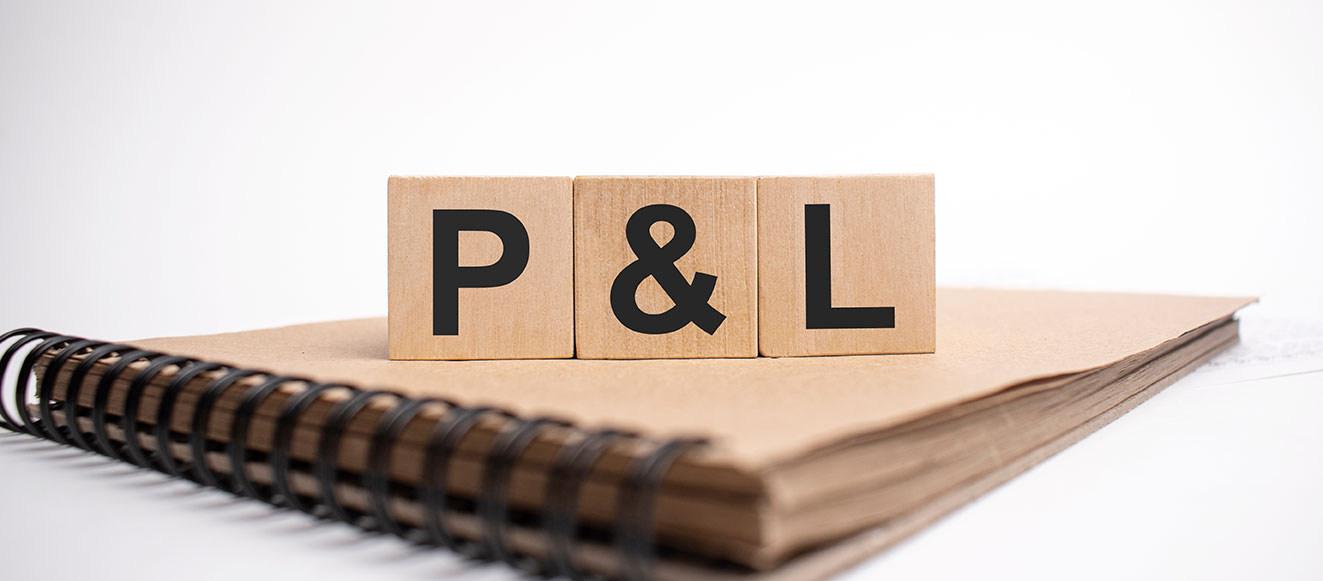Why You Should Take P&L Analysis Seriously
It is essential for every business leader to understand changes in their P&L accounts from each month to the next. This is what enables leaders to make good strategic decisions for the company, mitigate risks and improve business performance. But how does one go about analyzing their changes in expenses or revenue in an organized and standard way? The answer lies in P&L Variance analysis, a powerful tool for business leaders.
What is P&L Analysis?
P&L Variance Analysis, is where changes in account balances in a given period of time are evaluated. It can analyze expenses monthly, quarterly or annually, depending on your business needs.
P&L Variance analysis expresses the changes in your expenses and revenue in dollars or in percentage, but it does not stop there. It provides useful explanations as to why these variances occur between your stipulated time period. These explanations can help understand the big picture of the organization and also identify things that may be unusual.
What Are the Advantages of P&L Variance Analysis?
P&L Variance analysis grants you a deeper understanding and more effective management of your business as a whole. Being aware of the changes of your account allows you to make better financial and operating decisions for your business. An added benefit of P&L analysis is its ability to spot risks for the company in advance. By conducting a detailed analysis of the financial changes in your account over time, you will be able to watch out for potential losses and fraud, hence mitigating the risk of financial losses early. It is a best practice to perform this on a monthly or at least quarterly basis.
When to Perform a P&L Analysis
P&L Analysis is typically conducted at the end of every month. This enables a clearer picture of your business performance and changes in your account balance. It also allows you to detect any errors in your balance in advance while there is still ample time to rectify them.
How to Perform a P&L Analysis
- Step 1: Find the difference
| Expenses | Previous period | Current period | Difference | Percentage change |
| Worker salary | $100,000 | $150,000 | $50,000 | 50% increase from previous period |
| Office equipment | $80,000 | $90,000 | $10,000 | 12.5% increase from previous period |
The first step of a P&L variance analysis will be to find the difference by subtracting the expenses of the previous period from the current period. You may also convert the difference into percentage change to better visualize the proportion of change—a positive percentage change represents a percentage increase in expenses, while a negative percentage change represents a percentage decrease in expenses.
- Step 2: Take note of significant variances.
Identify which fluctuations are normal and which are not. This depends entirely on the usual performance of your company.
- Step 3: Analyze the fluctuations.
Provide explanations for the changes in expense by taking note of what changed and why it changed. Fluctuations in your account balance are often due to several factors, which either increase or decrease your expense.
Your explanations should be crafted in such a way that third-party investors, accountants and other business leaders are able to understand them without looking at the data in your spreadsheet.
What Makes a Good P&L Analysis?
A good P&L analysis is able to show what changed, why the change occurred, and also quantify the elements of the change. If you are looking to try out P&L analysis, or you are keen on improving your current P&L analysis, check out some tips and tricks below:
- Try to start small by analyzing an appropriate level of detail for you. It is not necessary to analyze every single change in all your accounts. Most companies perform P&L analysis only on accounts that have a material impact on their financial statements, show large fluctuations or are at risk of misstatement.
- Create initial reports. Decide on a separate template for your P&L analysis and income statement variance analysis. Next, determine the thresholds for each account and comparative periods most relevant to your business.
- Organize meetings every month. It can be helpful to discuss significant variances, account relationships and thresholds with your team.
- Update your flux and variance analysis.
- Seek insights from other departments in your company. Staff working in sales, marketing and operations may pick up on business trends that the accounting department may not be aware of from the data alone.
- Apply any learnings or corrections to the following months data
Are There Any Drawbacks to P&L Variance Analysis?
Although P&L Variance analysis is undeniably a useful tool for making strategic business decisions, it is an underused tool. If this process is manual, it requires accountants to manually enter data into spreadsheets, making it not only time-consuming but also prone to human error. The only drawback to conducting a thorough P&L variance analysis is that it takes time – but if automation is employed that time can be cut in half.
Simplify P&L Analysis, Choose SkyStem
Conducting P&L variance analysis will no longer be a chore with SkyStem’s flagship solution, ART. ART is a cutting-edge technology that transforms the closing and account reconciliation process at the end of every month. By introducing efficient workflow management and reporting tools to automate tedious manual accounting processes, the accounting team can focus more on providing useful insights for the growth of your business.
Today, ART is used in more than 15 countries worldwide and is available in multiple languages. It has helped many notable companies successfully streamline their financial processes, including Unify Financial Credit Union. Curious to learn more about Skystem’s ART? Schedule a free web demo with SkyStem today.


